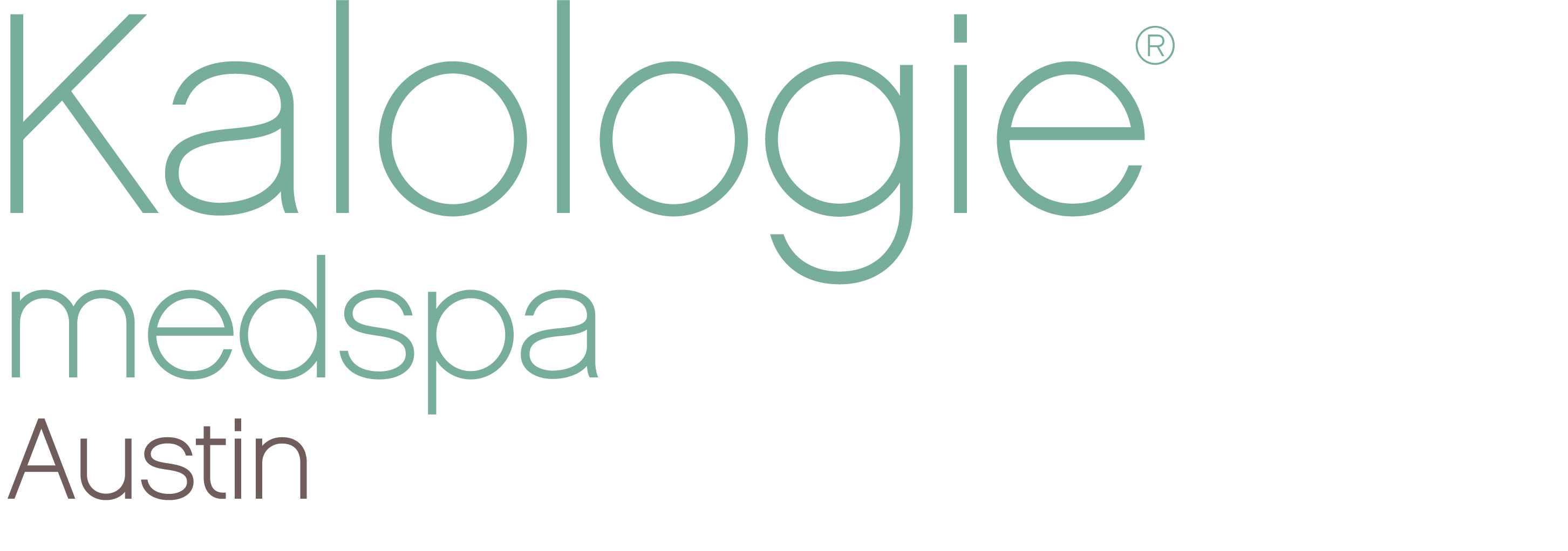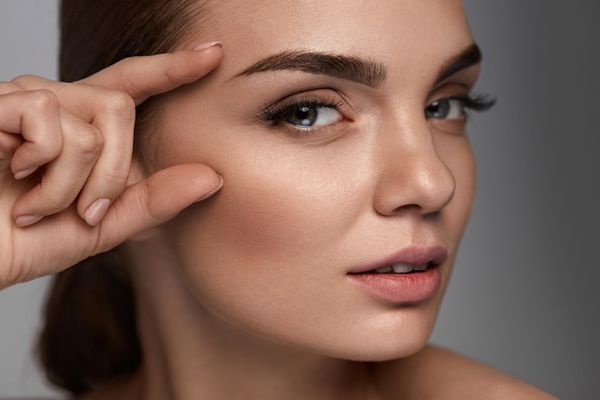Through thick and thin, eyebrows have been a feature of facial fashion for thousands of years. That’s because aside from their biological function to keep sweat and dust out of the eyes, they have an amazing ability to highlight your best features, enhance your expressions and make you look well-groomed and “put together” even when wearing little to no makeup.
But previous over-tweezing, aging, and even genetics can make consistently achieving the perfect brow difficult, as can an unsteady hand or lack of time.
That’s why microblading is becoming so popular.
You’ve no doubt heard of this semi-permanent solution to fabulous, fuller brows on social media or a medspa menu, and you’re perhaps wondering what it is and if it’s right for you.
Microblading is a precise process in which semi-permanent, medical-grade pigment is applied in hair-stroke fashion to the outer layer of the skin of the brow to create or enhance the shape and color.
Myths about microblading abound, and some of them, quite frankly, have us raising our own eyebrows because they are obviously spread by people who haven’t even tried it. Don’t let these misconceptions scare you away from this face-shaping, time-saving beauty solution.
Myth 1: Microblading Hurts
While pain is relative, most people report only slight discomfort during the procedure, not unlike that experienced when being waxed, threaded, or tweezed. At the start of each session, a numbing solution is smoothed over the brow area before any shaping of the brow is done or any pigment is applied. Afterward, there may be a slight, temporary stinging sensation similar to a sunburn, but it’s mild and temporary.
And in spite of its name, no surgical blades are used and the skin is not actually penetrated. Rather, microblading is performed with a small, handheld, pen-like instrument that delicately scratches pigment into the outermost layer of the skin. (Remember, the area has been numbed!)
You may experience some flaking/peeling of the brow area in the 7-to-10 days following the procedure, but it isn’t painful and you shouldn’t pick at it.
There are definite do’s and don’ts leading up to and immediately following a microblading appointment to make the experience go more smoothly, and your aesthetician will inform you of them prior to and during your appointment.
Myth 2: Microblading is Permanent (so if you don’ like it...)
Although microblading deposits pigment, it’s not a tattoo, and it doesn’t penetrate to the deeper layers of the skin. It is surface-level only and therefore will fade in 12-18 months, depending on your skin type. Oilier skin fades faster than normal-to-dry skin, but everyone experiences a gradual fading unless touched up. There is no scarring or leftover discoloration to contend with if you decide not to do it again.
And while dissatisfaction is rare, if you don’t like the “after” look of your microbladed brow, and you don’t want to wait for natural fading, the pigment can be removed with a saline solution.
Myth 3: Microblading looks Unnatural
Quite the contrary — especially when compared to many penciled-in brows! An aesthetician certified in the procedure is expertly trained to create the shape and shade that best suits your face structure and coloring, and uses fine, realistic-looking hair strokes to achieve an extremely natural-looking result. In fact, most people can’t tell the difference between a microbladed brow and a real, full eyebrow, even up close!
It’s important to note that the shade of your brow can be up to 40% darker than desired during the first week to 10 days after the procedure, with the final, more natural-looking coloring, revealed after that. A touch-up session is recommended after six weeks or so to fill in where necessary and set the color.
Don’t let microblading myths keep you from having the brows of your dreams. Contact Kalologie Austin for more information and a consultation with one of our microblading experts.

